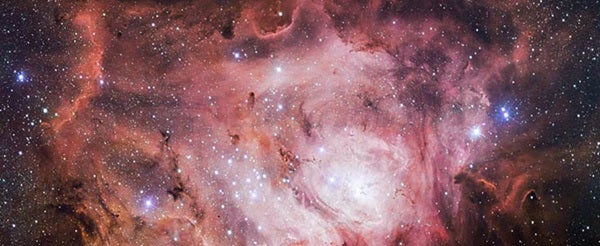NASA’s Hubble Space Telescope has been an astronomical workhorse for more than 30 years. Over that time, it’s captured more than 1.5 million observations of nearly 50,000 different celestial objects. And one of the many targets Hubble keeps coming back to is the famous Lagoon Nebula (M8), a bright patch of sky that sits just over 4,000 light-years away in the constellation Sagittarius the Archer.
The Lagoon Nebula, which is visible to the naked eye on dark moonless nights, harbors a stellar surprise within it: NGC 6530. This star cluster, which Hubble zoomed in on in the image above, holds thousands of young stars that sparkle through the smoky waves of gas and dust that make up the Lagoon.
Astronomers recently used Hubble to capture this shot in order to scour the region for new examples of proplyds, which are fledgling planetary systems developing around newborn stars. Most known proplyds are found only within the Orion Nebula, which makes studying their variety difficult. That’s why astronomers turned Hubble’s gaze to NGC 6530 — to gain a more comprehensive understanding of how stars are born and form planets.










